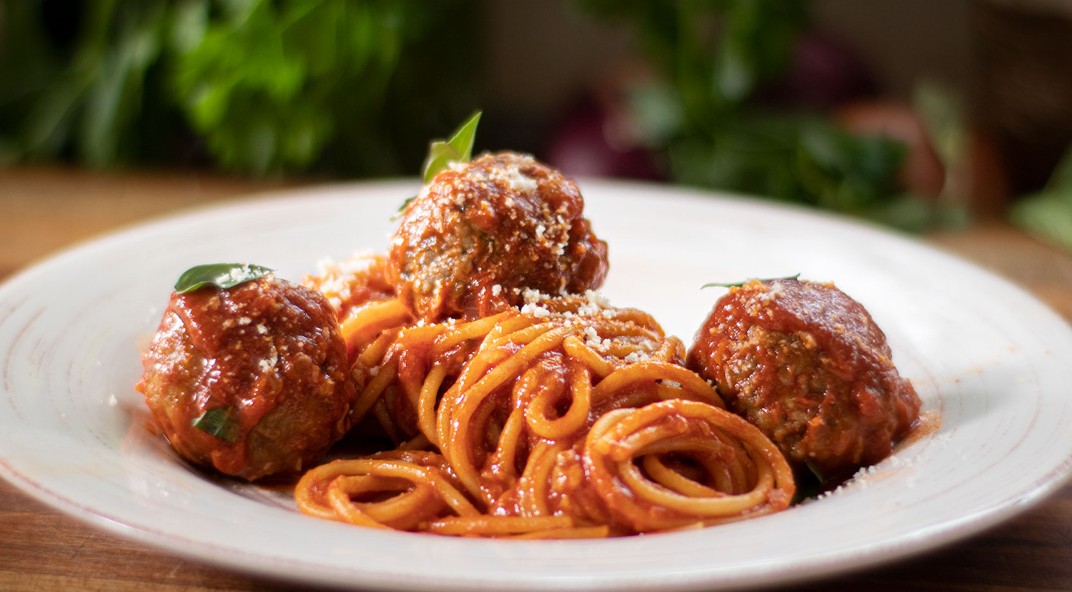
More than just a beverage, sake is a liquid poem, a delicate dance of science and artistry that has been perfected over centuries in Japan. Often mistakenly labeled “rice wine,” sake is a unique alcoholic drink with a brewing process closer to beer, offering a depth of flavor and nuance that continues to captivate enthusiasts worldwide.
What is Sake, Really?
At its core, sake is an alcoholic beverage brewed from fermented rice. Unlike wine, where sugars are naturally present in grapes, sake production relies on a unique two-step fermentation process: first, the starch in the rice is converted into sugar, and then that sugar is converted into alcohol. This is achieved with the help of Koji mold (Aspergillus oryzae), which plays a pivotal role in creating the desired flavor profile.
This “multiple parallel fermentation” – where starch conversion and alcohol fermentation occur simultaneously in the same vat – is what sets sake apart and allows for its relatively high alcohol content, typically ranging from 15% to 20% ABV, higher than most wines and beers.
The Art of Production: Simplicity in Complexity
Sake’s primary ingredients are deceptively simple:
- Rice: Not just any rice, but specially cultivated “sakamai” (sake rice) varieties, larger and stronger than eating rice, with a starchier core. The degree to which this rice is polished (removing the outer layers containing proteins and fats) is a crucial factor in sake’s grade and flavor.
- Water: Often considered the most critical ingredient, as it accounts for over 80% of sake’s composition. Pure, mineral-rich water is essential for optimal fermentation and flavor development.
- Koji Mold: This magical mold initiates the process by breaking down rice starches into fermentable sugars.
- Yeast: Converts the sugars into alcohol and carbon dioxide, contributing significantly to the sake’s aroma and taste.
The brewing season, traditionally during the colder months, allows for slow, meticulous fermentation, resulting in the refined characteristics of premium sake.
Decoding the Labels: A Guide to Sake Grades
Sake classification largely depends on the rice polishing ratio (seimai-buai), meaning how much of the rice grain remains after polishing, and whether brewer’s alcohol is added.
- Junmai: “Pure rice” sake, meaning no distilled alcohol is added. Known for its rich, full-bodied flavor.
- Honjozo: Similar to Junmai but has a small amount of distilled brewer’s alcohol added (typically to lighten the flavor and enhance aromatics).
- Ginjo: Made with rice polished to 60% or less of its original size. Brewed at lower temperatures for longer periods, resulting in highly aromatic, often fruity and floral notes.
- Daiginjo: The pinnacle of sake brewing, made with rice polished to 50% or less. Extremely refined, delicate, and complex, with an elegant aroma and smooth finish.
Within these categories, you might also find:
- Nigori: Unfiltered sake, appearing cloudy with rice sediment, offering a creamy texture and often sweeter profile.
- Koshu: Aged sake, which can develop deep, complex, sometimes sherry-like flavors.
- Namazake: Unpasteurized sake, which retains a fresh, vibrant, and often more robust flavor.
Serving and Enjoyment: Dispelling the Myths
While many imagine sake served piping hot, this is often a misconception, especially for premium grades.
- Temperature: Many premium sakes (Ginjo, Daiginjo) shine when chilled to highlight their delicate aromas and crispness. Others, particularly richer Junmai or Honjozo sakes, can be enjoyed at room temperature or gently warmed (not boiled!) to bring out their mellow characteristics.
- Vessels: Sake can be served in a variety of traditional vessels, from small ceramic ochoko and guinomi for sipping, to the square wooden masu (often used for celebratory occasions), or even modern wine glasses to appreciate its aroma.
Food Pairing: A Versatile Companion
Sake’s remarkable versatility makes it an excellent companion to a wide range of cuisines, not just Japanese. Its subtle umami, balanced acidity, and often lower sulfites make it harmonize beautifully without overpowering dishes.
- Delicate sakes (Daiginjo, Ginjo): Pair well with sashimi, light seafood, or subtle appetizers.
- Medium-bodied sakes (Junmai, Honjozo): Complement grilled fish, chicken, or even rich vegetable dishes.
- Heartier sakes: Can stand up to richer flavors like tempura, miso-glazed dishes, or even some red meats and cheeses.
Beyond the Bottle: Cultural Significance
Sake is deeply interwoven with Japanese history and culture. It has been an integral part of religious ceremonies (Shinto rituals), seasonal festivals, and everyday celebrations for over a thousand years. It embodies the Japanese ethos of meticulous craftsmanship, respect for nature’s bounty, and the pursuit of harmony.
Tips for the Beginner
Don’t be intimidated by the variety!
- Start with a reputable Junmai or Ginjo: They offer a great introduction to quality sake.
- Experiment with temperatures: Try the same sake chilled, at room temperature, and slightly warmed to discover new facets.
- Pair it with food: See how different sake styles interact with various dishes.
- Ask questions: When at a Japanese restaurant or liquor store, don’t hesitate to ask for recommendations.
Sake is more than just an alcoholic beverage; it’s a journey into Japan’s soul, a celebration of natural elements transformed by human ingenuity. So, raise a cup – kampai! – and embark on your own exploration of this captivating elixir.






